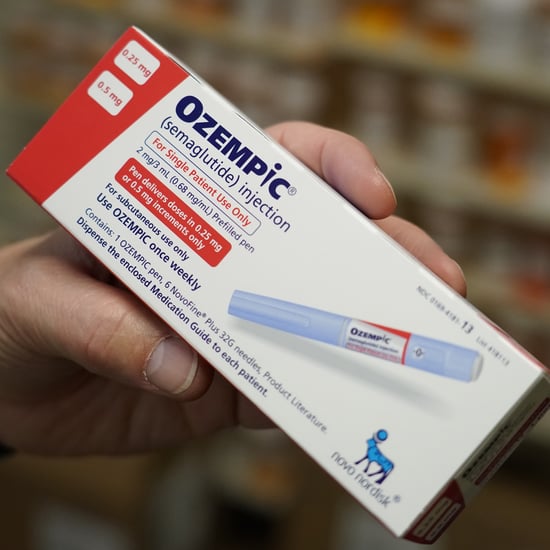How to Achieve Ketosis
Following the Keto Diet? This Is How You'll Know if You've Reached Nutritional Ketosis

The ketogenic diet, commonly referred to as the keto diet, has been used over the years to help manage diabetes and has become more mainstream with people using it as an instrumental tool for weight loss. While most people are aware of the low-carbohydrate, high-fat requirements, they may not realise that in order to reap the benefits of the keto diet, you need to achieve a state of ketosis. In order to better understand the ketogenic diet, what ketosis is, and how to achieve it, POPSUGAR spoke with Catherine Metzgar, PhD, RD, who is on the clinical team at Virta Health.
Dr. Metzgar told POPSUGAR that the best benefit of the keto diet is that it allows your body to be in a state of nutritional ketosis — where your metabolism runs on fat instead of carbs.
The ideal macronutrient profile should be close to 70-80 percent fat, 15-20 percent protein, and 5-10 percent carbs."
According to Dr. Metzgar, the ideal macronutrient profile should be close to the following: 70-80 percent fat, 15-20 percent protein, and 5-10 percent carbs. While the carbohydrate percentage is low, Dr. Metzgar told me that eating fewer carbohydrates can actually help avoid inflammation in the body as carbs are one of the biggest contributors to inflammation.
The Importance of Ketosis
Ketosis lowers blood sugar, makes it more stable, and as a result the body releases less of the fat storage hormone insulin. Lower insulin levels combined with a ketogenic diet means that your body will be able to burn fat instead of storing glucose (carbohydrates) in cells as excess body weight — making it a popular weight-loss option. Dr. Metzgar explained that "nutritional ketosis happens when carbohydrate consumption goes low enough that a person's liver can convert adipose tissue and dietary fats into a fatty acid known as ketones, then burn the ketones, as well as stored body fat, for energy."
How to Know If You're in Ketosis
While you may initially have keto flu symptoms as your body adapts to using fat as a fuel source, having more energy is a great indicator of being in ketosis. "A lot of times, people will have more energy. Their glucose is improving. Their hunger and cravings are better managed and under control," added Dr. Metzgar. According to Dr. Metzgar, the most precise way to know if you're truly in ketosis is by checking your blood ketone levels. If your ketones are at or above 0.5 mM (millimolar), you're in ketosis. Another way to determine if you're in ketosis is by using either a urine test or a breath analyser. It's important to note that there are different types of ketones in your blood, breath, and urine, and Dr. Metzgar says ketone levels can be hard to compare at times.
How Long to Be in Ketosis
Dr. Metzgar explained that whether or not you should be in a constant state of ketosis is contingent upon each individual's goals. Since every person's carbohydrate tolerance is different, the number of carbohydrates they'll need to restrict to enter nutritional ketosis will vary. She explained that in order to make ketosis sustainable, certain people may fare better by not being in a constant state of ketosis. Instead of just looking at whether or not a person is in ketosis, she told POPSUGAR that she will look at other markers of health like weight and how their glucose levels are responding, which can often play a bigger role than ketones.
Before you make nay drastic changes to your diet, be sure to speak with your medical provider.







